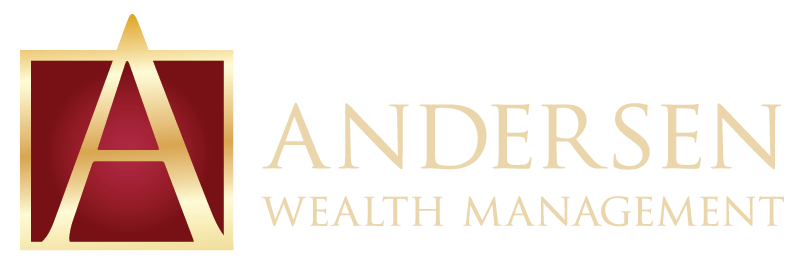Saving for Retirement as a High-Income Earner

If you are a high-income professional, saving for retirement can be more of a challenge than some may think.
In 2016 the income limit applied to defined contribution plans was $265,000, so if you earn more than that and you want to maintain the lifestyle in retirement that you have enjoyed pre-retirement, then it will be important to take advantage of the following strategies to ensure you are saving enough to meet your goals.
Use your HSA as a savings vehicle
Health Savings Accounts are what we call triple tax free. This means that contributions made into HSAs are not just tax deductible, but the earnings are tax deferred and the withdrawals are tax free as long as they are used for qualified medical expenses the scope of which is very broad.
To qualify for an HSA you must first have what is considered a high deductible health plan ($2,600 per family or $1,300 per individual). Families can deposit up to $6,750 per year to their HSA and individuals can add up to $3,350. Using this strategy means contributing the maximum amount each year and not withdrawing from it at all during your working years. When you retire it can be used as a supplemental fund for medical expenses completely tax free or, if used for other expenses, withdrawals after the age of 65 would be taxed as ordinary income. Using this strategy might be especially beneficial now that there is a fair amount of uncertainty about the future of Medicare coverage especially for those with higher net-worth.
Consider working for yourself and contributing to a personal defined benefit plan
If you are a high income self-employed individual you can contribute as much as $53,000 to a profit-sharing 401(k) versus the $18,000 that w-2 employees can contribute. In the event that your employer makes large contributions to your retirement, the, by all means, stay put. But chances are you will be able to maximize your retirement contributions on a much greater scale and an independent contractor.
If you already are self-employed, then you should consider a personal defined benefit plan. Compared with other defined contribution plans, this one begins by determining your projected annual benefit once you retire. You will then calculate the annual contribution you need to reach the defined benefit. This is based on your life expectancy, current age and return assumptions.
Some annual contributions can reach more than $100,000, which allows small business owners to save more in this plan than in other retirement plans. Here’s the caveat: Defined benefit plans have setup and administration fees that you don’t find in other retirement contribution options. When the plan is in place, you are required to pay the annual contributions for at least five years. This plan is best suited for individuals who can contribute at least $80,000 yearly.
Consider a “backdoor” Roth IRA
A backdoor Roth IRA allows you to rollover your traditional, non-deductible IRA into a Roth. The advantage here is that there is no income limit with converting from traditional to Roth IRA. If, in your existing non-deductible IRA there is no rollover from a previous employer then you can convert it immediately with little or no tax when you convert. If you have a rollover, then there will be a tax implication. As with anything else there are positives and negatives to this strategy and talking it over with your financial advisor and accountant is always a good place to start.
Explore if your employer offers an after-tax 401(k)
Certain 401(k) plans allow you to contribute after-tax dollars up to $53,000 or 100% of your compensation. The earnings from after-tax 401(k) contributions grow tax-free until you withdraw them, at which point they will be taxed as ordinary income. However, if you’re maximizing your retirement contributions and still have extra money for investing, you may want to invest in something that you can eventually convert to a Roth IRA or Roth 401(k) such as an after-tax 401(k).
These are just some of the ways you can increase your retirement savings as a high-income earner. Your financial advisor can help you navigate the ins and outs of each option and assess which ones will best fit your current income and financial goals. The ideas in this article are general in nature and are not meant to be tax advice. You should consult with a qualified tax advisor about your specific situation.
